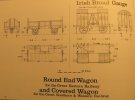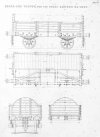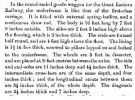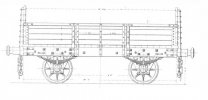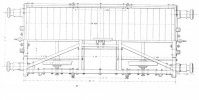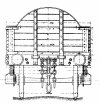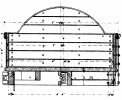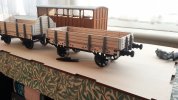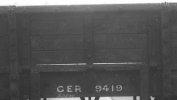Jon Nazareth
Western Thunderer
The construction of the LBSCR horse boxes are is coming to and end and so, I thought that I would make a start on these. I've already made quite a number of LBSCR wagons and there aren't any more that I particularly want to make. Having said that, I do have two sets of early wagon number plates that will need to be used up on something and a pair of wagons may appear in years to come. I've already made an early SDJR cattle wagon and it seemed to make some sort of sense tobild on those with something from the same part of the Country.
I have an excellent drawing of the High Ended wagon and it contains a wealth of information and detail. The drawing is dated 1872 but was amended in 1877. There are some notes which include, 'Use Hexagonal Nuts' and 'All Nuts Bearing on Woodwork to Have Proper Washers'.
The other wagon has a date of C1863. I don't have a proper drawing of it and so, I enlarged the one that you see here, the problem is that it's not correct. With the buffer beam enlarged too 7' 8", the height of the body of the wagon measures at 2' 6"/7" instead of the 2' 3" stated on the drawing. I'm not overly worried as I shall go by the stated dimensions.
Jon
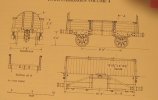
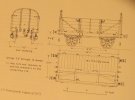
I have an excellent drawing of the High Ended wagon and it contains a wealth of information and detail. The drawing is dated 1872 but was amended in 1877. There are some notes which include, 'Use Hexagonal Nuts' and 'All Nuts Bearing on Woodwork to Have Proper Washers'.
The other wagon has a date of C1863. I don't have a proper drawing of it and so, I enlarged the one that you see here, the problem is that it's not correct. With the buffer beam enlarged too 7' 8", the height of the body of the wagon measures at 2' 6"/7" instead of the 2' 3" stated on the drawing. I'm not overly worried as I shall go by the stated dimensions.
Jon



